Comparison of coffee flavor among Tarazhu, western valley and central valley in Costa Rica
Professional coffee knowledge exchange more coffee bean information please follow the coffee workshop (Wechat official account cafe_style)
A few days ago, the editor compared the differences between different producing areas of the same kind of treatment in Kenya. Today, the editor plans to compare the same Costa Rican coffee, which is also in the sun. Will there be great differences between different producing areas?
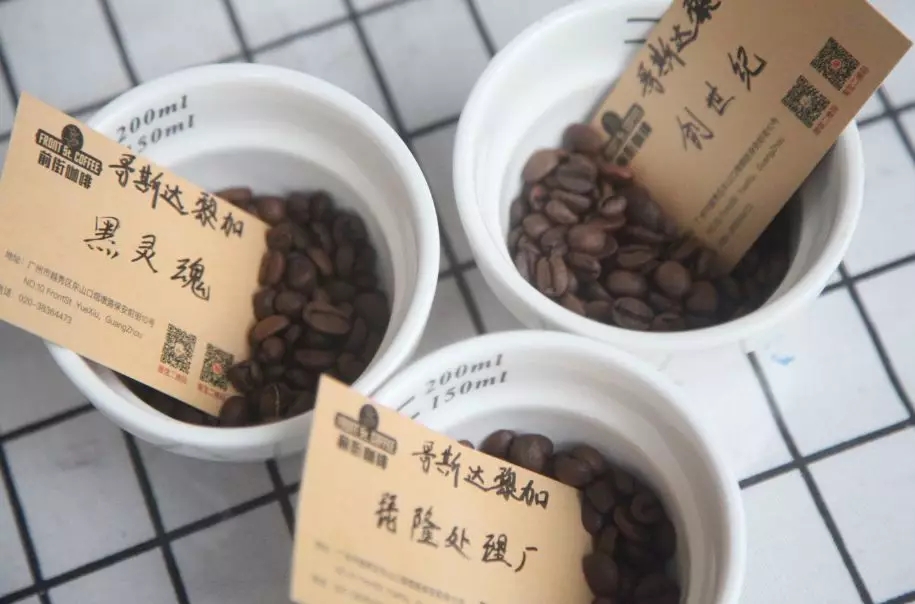
Today's protagonists are Pillon from Tarazhu, Genesis from the western valley and Black Soul from the Central Valley! Before we start the comparison, let's take a look at their basic information.
01 | introduction to beans
| Pilong processing Plant

This bean comes from the Pilong processing plant in Costa Rica's famous Tarazhu region!

Tarazhu is located in the fertile volcanic region of Central America, which has a humid climate and fertile volcanic soil, abundant rainfall throughout the year, high altitude, and dense forest natural shade, providing a unique growth environment for coffee growth. Nearly 95% of the coffee beans produced in Tarazhu Alpine are very hard beans (SHB), which generally grow above 1500 meters above sea level.


The Pillon treatment plant is Costa Rica, the first government-approved all-sun treatment plant, a very rare natural sun treatment, showing a strong nutty chocolate and tropical honey apple aroma, showing excellent natural flavor. The blue jeep logo on the sack is their means of transporting coffee.

The beans used by the Japanese champion of the 2018 WBC World Barista Competition are from the Piron processing plant in Costa Rica!
| | Genesis |
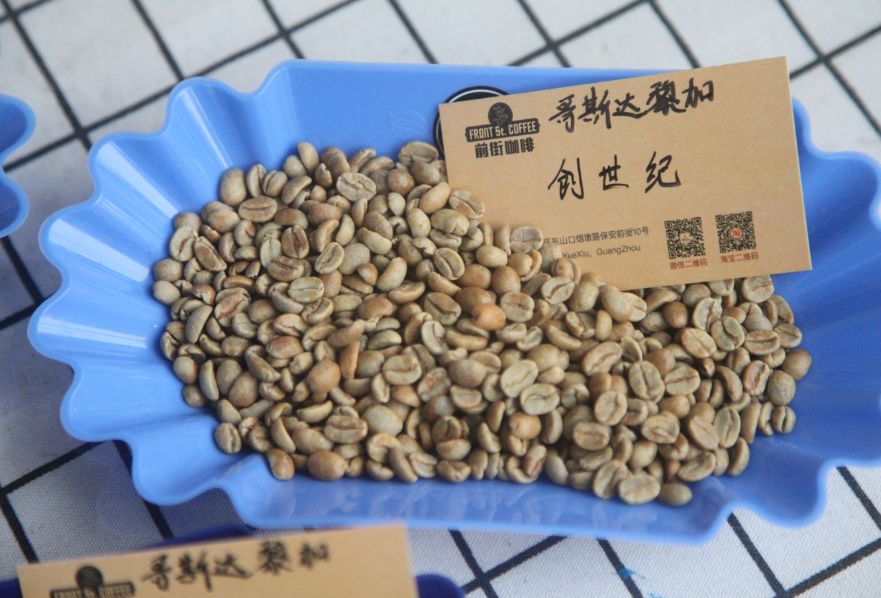
Genesis beans come from the western valley, one of the seven major producing areas of Costa Rica.

The western valley is rich in volcanic soil, sufficient sunshine, with an annual average relative humidity of 81%, abundant rainfall and an average annual temperature of 21.50 ℃, which makes the crops grow luxuriantly in this area and is also conducive to the cultivation of high-quality coffee at high altitude. In addition, the western valley region has a distinct dry and wet season, and when the coffee harvest season begins, it will enter the dry season, which means that the area has sufficient sunshine for washing and sunbathing. This advantage is seldom found in other producing areas in the country (almost all other famous producing areas in Costa Rica are machine-dried). The average altitude is 1000 to 1600 meters above sea level.


Genesis is one of the earliest microbatch processing plants in Costa Rica and is now run by Oscar Mendes and his wife Olga. They have been producing coffee for many years, and the couple are the leaders of their community and share a lot of experience and knowledge with other farmers. Oscar and Olga buy coffee cherries from farmers in the area and process raw coffee beans at Genesis. Producers can simply pay for processing services, or they can sell their cherries to a processing plant, where the coffee processed will attach the name of the farm to the coffee for recognition.
| | Black Spirit |

The Black Soul comes from Las Halas Manor in the Central Valley, the earliest coffee growing area in Costa Rica.

There are three high-altitude volcanoes in the producing area: Irazu, Barva and Poas, which provide rich nutrients for the surrounding coffee producing areas. The excellent micro-climate and the two volcanic fertile soils of Po á s and Barva make the beans in this area have superior characteristics, such as chocolate cocoa flavor, bright acidity and elegant aroma.
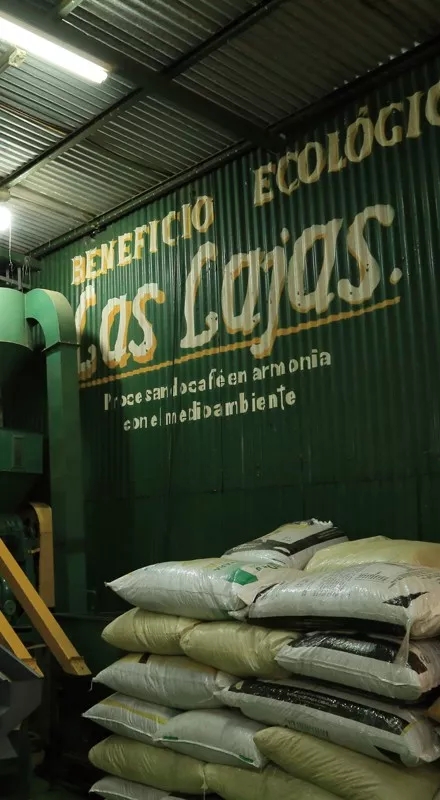
Among the exquisite sun and honey treatments that are quite popular in Costa Rica, La Lajas Manor is one of the first estates to begin systematic research and treatment, and has been a favorite coffee farm for global buyers for many years. La Lajas Manor is now jointly run by the third-generation manor owner Francisca Cubillo and his wife Oscar. The estate is located in the Central Valley producing area (Central Valley), not far from the capital, quite close to the Poas Volcano volcano, with an annual output of about 55200 kg at an altitude of 1,250 Murray 1500 meters.

Many years ago, Francesca, the owner of the manor, had been hoping to improve the flavor of the coffee in the manor. at that time, the vast majority of coffee farmers in Costa Rica generally adopted the traditional washing method to meet the needs of the American and European markets. therefore, the manor owner began to study and improve many of the equipment in the manor to better meet the needs of sun and honey coffee. During the harvest stage, the landowner used the sweetness detector (BRIX) to screen the red fruits of coffee up to the standard, and set up his own washing treatment station for coffee treatment, and finally placed it on the African scaffolding for follow-up exposure.
02 | comparison of raw beans

The coffee varieties of [Pillon] are Kaddura, while the varieties of [Black Soul] [Genesis] are Kaddura and Kaduai. Both varieties are common coffee varieties in America.

Kaddura, a natural variety of bourbon, was discovered in Brazil in 1937. Its tree is not as tall and shorter as bourbon. Due to inheriting the blood of bourbon, the resistance is relatively weak, but the yield is higher than that of bourbon. Although found in Brazil, Kaddura is not suitable for growing in Brazil, so it is not planted on a large scale in Brazil, but is popular in Central and South America, such as Colombia, Costa Rica and Nicaragua.

Kaduai is an artificial hybrid of Kaddura and Mondu Novo. Kaduai has a good ability to resist natural disasters, especially wind and rain. Kaduai tree species are relatively low, compared with other coffee trees, the fruit of Kaduai is stronger and harder to pick, and the fruit is both red and yellow.

From the point of view of raw beans, [Pilon] has less silver skin on the outside, and the raw beans will be blue-green and smell like black plum and berries, while [Black Soul] and [Genesis] have more silver skins and obvious yellow; [Black Soul] smells of Hawthorn acid, while [Genesis] smells of fermented berries and grass.
03 | Baking comparison
[Pilong processing Plant]
The yellow point turns to 5:25 seconds, the first explosion begins at 9:22 seconds, and the temperature is 188. the development of an explosion comes out at 1:45 seconds and the temperature is 196C.


The Agrton bean color value is 68.5 (above), the Agrton pink value is 81.2 (bottom), and the Roast Delta value is 12.7.

[Genesis]
The yellow point turns to 5:20 seconds, the first explosion starts in 9 minutes, the temperature is 185.7, the development of one explosion comes out at 1:45 seconds, the temperature is 195.5 degrees.


The Agrton bean color value is 70 (above), the Agrton pink value is 78 (bottom), and the Roast Delta value is 8.

[black Soul]
The yellow point turns to 5:15 seconds, the first explosion begins at 8:50 seconds, the temperature is 185.4, the first explosion develops at 1:55 seconds, and the temperature is 195C.
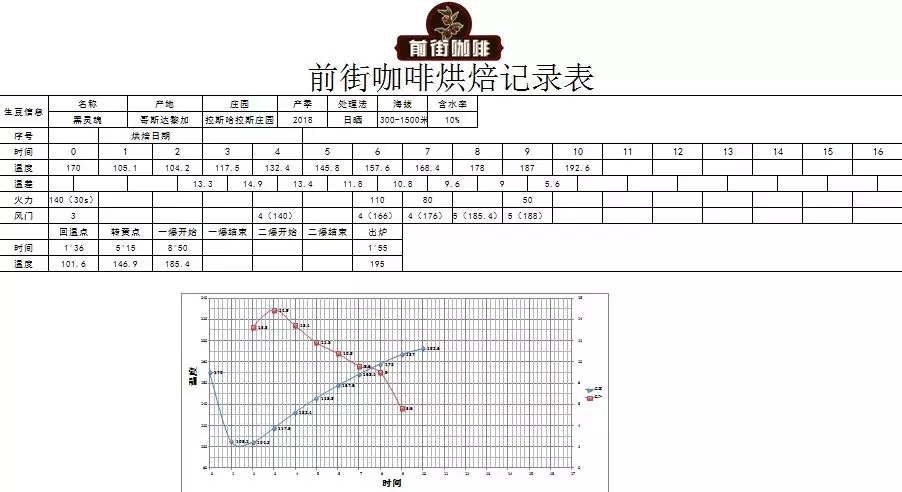
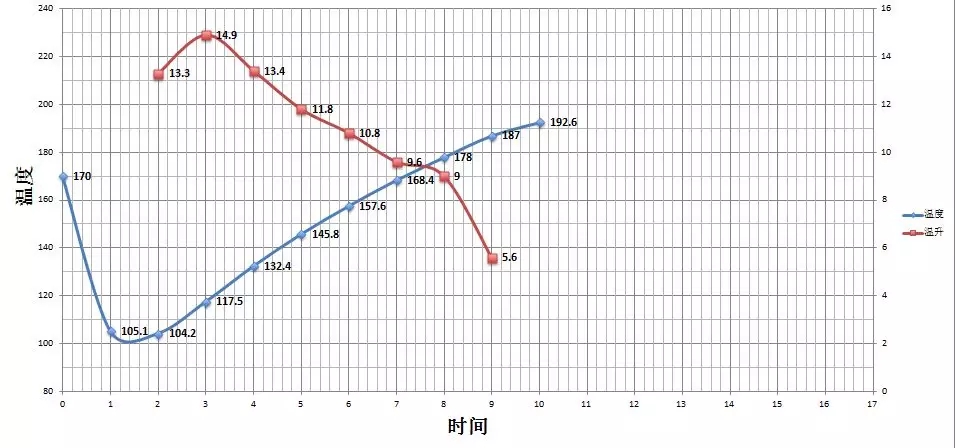
The Agrton bean color value is 70 (above), the Agrton pink value is 81.5 (bottom), and the Roast Delta value is 11.5.

04 | comparison of flavors
| | Cup test |

[Pilong processing plant] has a strong fermented wine, orange, almond, berry, sweet rice wine and whisky flavor.
Genesis has fermented fruit aromas with citrus, cream, nutty and cocoa flavors, with a hint of tea.
[black Soul] it smells of fermented fruit and flowers, with sour notes of citrus, sweet orange and plums on the palate, a sense of juice, and an aftertaste of fruit tea.
| | hand flush |

Cooking parameters: filter cup Hairo V60, water temperature 90 ℃, grinding degree BG 5R (Chinese standard 20 sieve pass rate 58%), powder / water ratio 1:15, stage extraction.
[Pillon treatment Plant] it smells full-bodied red wine fermentation aromas, with aromas of berries, oranges and red berries on the palate, with an obvious red wine finish and a hint of sugar.
Genesis has aromas of fermented wine, spices and caramel, sour and then sweet on the palate, with citrus and grapefruit flavors, juicy and refreshing berry finish.
[black Soul] it smells of fermented fruit, with sweet and sour plum, citrus and green apples on the palate, almonds, nuts and cream in the middle, with a fruity tea finish.
| 05 | Summary |
Comparing the three beans, it is found that although they are all sun-treated coffee from Costa Rica, the varieties are similar, but there are still obvious differences in flavor.

Although it smells obviously fermented, the aroma of Pillon tends to be full-bodied, while the aromas of Genesis and Black Soul tend to ripe fruit.

[Pillon] when this bean is drunk, no matter when it is hot or after the temperature drops down, it looks like a glass of wine in its aftertaste.

Although it tastes like a sour berry, it tends to have a balanced flavor of chocolate, nuts and cream as a whole.

[black Soul] although it smells fermented, it doesn't feel much fermented aroma when it comes to the mouth, but a colorful tropical fruit with a balance of sweet and sour and a clear sense of juice.
END
Important Notice :
前街咖啡 FrontStreet Coffee has moved to new addredd:
FrontStreet Coffee Address: 315,Donghua East Road,GuangZhou
Tel:020 38364473
- Prev

What is the cooperation of the coffee-flavored Pearl Coffee Program of the Mushasha Cooperative in Rwanda?
Professional coffee knowledge exchange more coffee bean information please follow the coffee workshop (Wechat official account cafe_style) Luanda is located in the heart of the interior of Africa. Coffee was introduced by German missionaries in 1904. Since 1930, because coffee is the only income-earning crop for rural farmers, cultivation has flourished, whether it is Arabica harvested in March-June or May-June.
- Next

2018 description of coffee flavor of Los Colibri hummingbird manor in 2018 Honduras BoH award winning batch
Professional coffee knowledge exchange more coffee bean information please follow the coffee workshop (Wechat official account cafe_style) Honduras BoH international bidding batch beans ★ 2018 Best of Honduras competition 19th batch ★ Honduras cutting-edge variety Parainema (Palayinema) fruit wine passion berries chocolate low-acid Best of Honduras Late H
Related
- Does Rose Summer choose Blue, Green or Red? Detailed explanation of Rose Summer Coffee plots and Classification in Panamanian Jade Manor
- What is the difference between the origin, producing area, processing plant, cooperative and manor of coffee beans?
- How fine does the espresso powder fit? how to grind the espresso?
- Sca coffee roasting degree color card coffee roasting degree 8 roasting color values what do you mean?
- The practice of lattes: how to make lattes at home
- Introduction to Indonesian Fine Coffee beans-- Java Coffee producing area of Indonesian Arabica Coffee
- How much will the flavor of light and medium roasted rose summer be expressed? What baking level is rose summer suitable for?
- Introduction to the characteristics of washing, sun-drying or wet-planing coffee commonly used in Mantenin, Indonesia
- Price characteristics of Arabica Coffee Bean Starbucks introduction to Manning Coffee Bean Taste producing area Variety Manor
- What is the authentic Yega flavor? What are the flavor characteristics of the really excellent Yejasuffi coffee beans?

